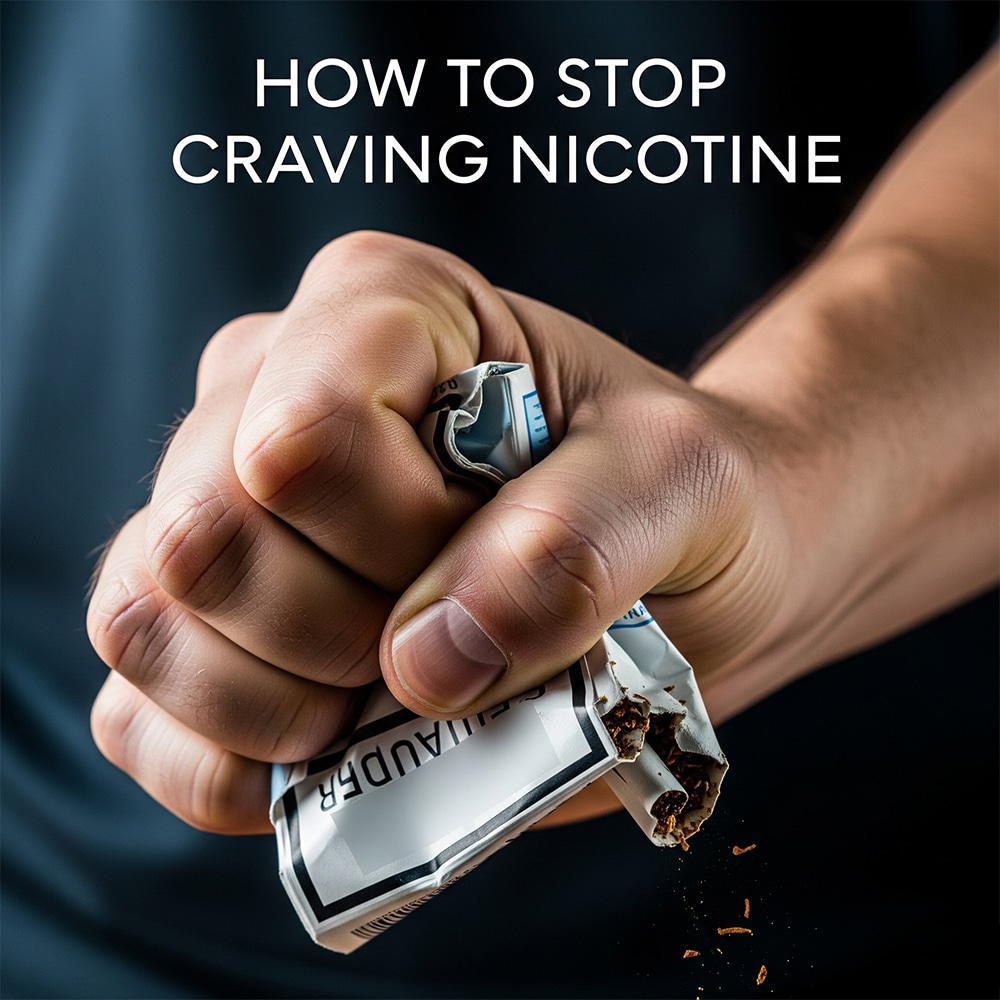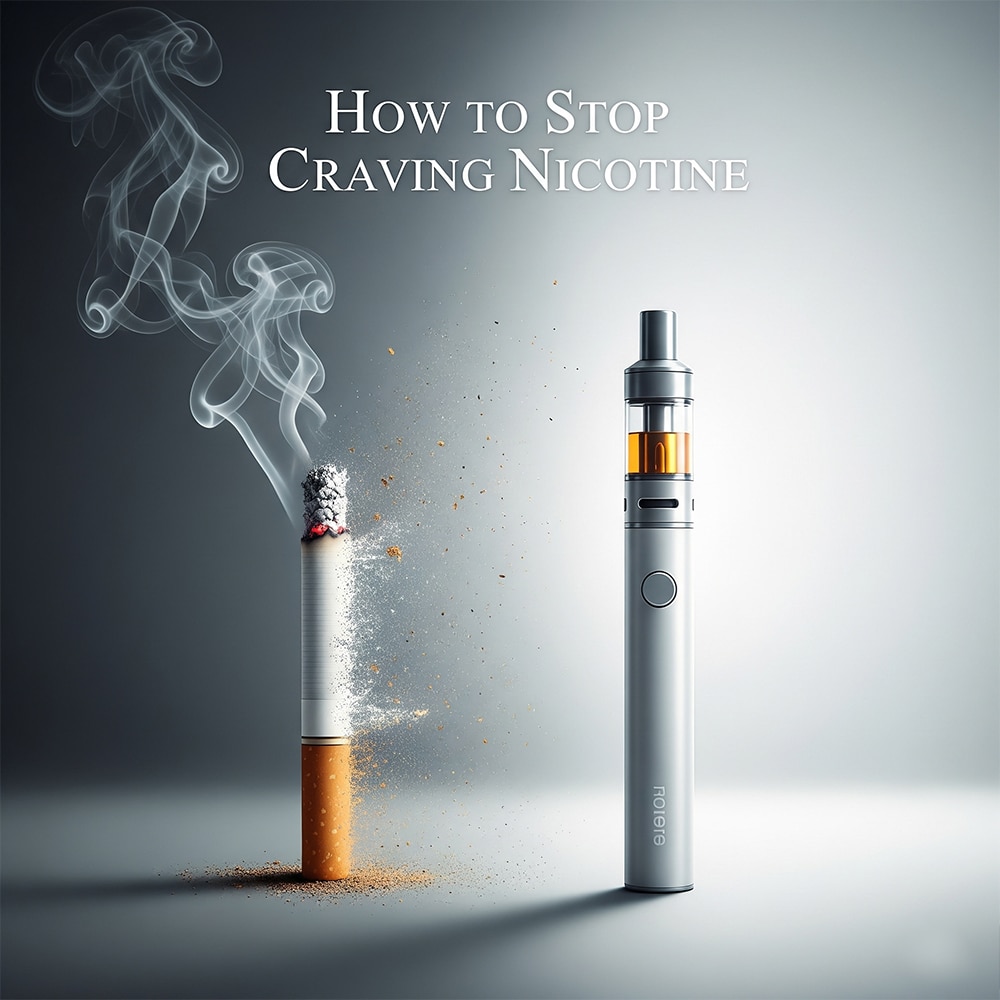Click here to claim 5% off! 🎉🎁
Secure logistics services to all European countries. ✅🚛
Secure 5-star SSL payment 💳✨
Click here to claim 5% off! 🎉🎁
Secure logistics services to all European countries. ✅🚛
Secure 5-star SSL payment 💳✨



